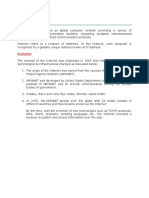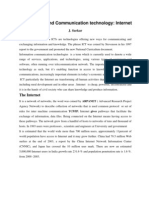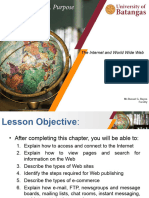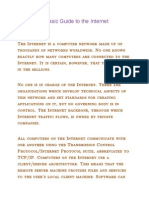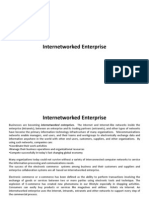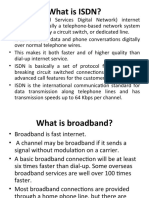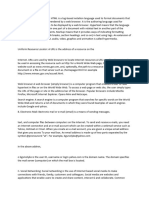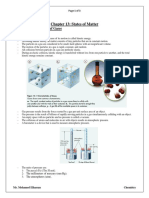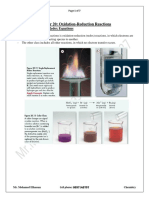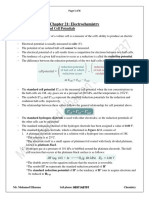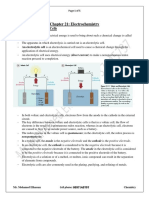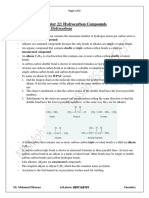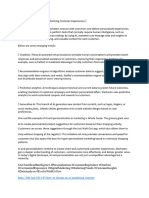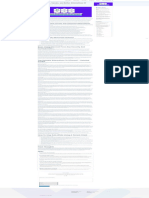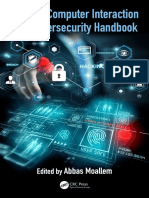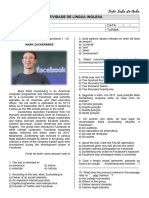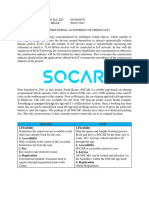0% found this document useful (0 votes)
80 views6 pagesChapter 10, COMMUNICATION
The document defines key terms related to communication and information technology:
- Spam refers to unsolicited commercial emails, which many email services try to filter using spam filters.
- Email allows electronic transmission of messages between users who each have a unique email address and mailbox.
- The Internet connects millions of computer networks globally, including services like email, messaging, and the World Wide Web.
- The World Wide Web consists of millions of websites made up of web pages containing text, images, videos, and other multimedia.
Uploaded by
KM10 khalidCopyright
© © All Rights Reserved
We take content rights seriously. If you suspect this is your content, claim it here.
Available Formats
Download as PDF, TXT or read online on Scribd
0% found this document useful (0 votes)
80 views6 pagesChapter 10, COMMUNICATION
The document defines key terms related to communication and information technology:
- Spam refers to unsolicited commercial emails, which many email services try to filter using spam filters.
- Email allows electronic transmission of messages between users who each have a unique email address and mailbox.
- The Internet connects millions of computer networks globally, including services like email, messaging, and the World Wide Web.
- The World Wide Web consists of millions of websites made up of web pages containing text, images, videos, and other multimedia.
Uploaded by
KM10 khalidCopyright
© © All Rights Reserved
We take content rights seriously. If you suspect this is your content, claim it here.
Available Formats
Download as PDF, TXT or read online on Scribd
/ 6






















